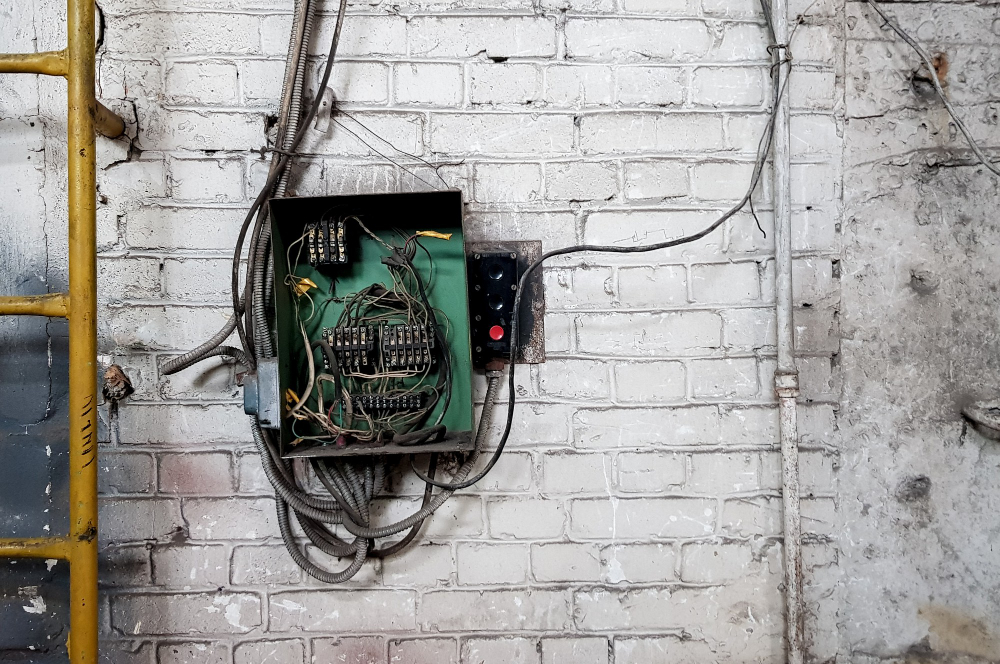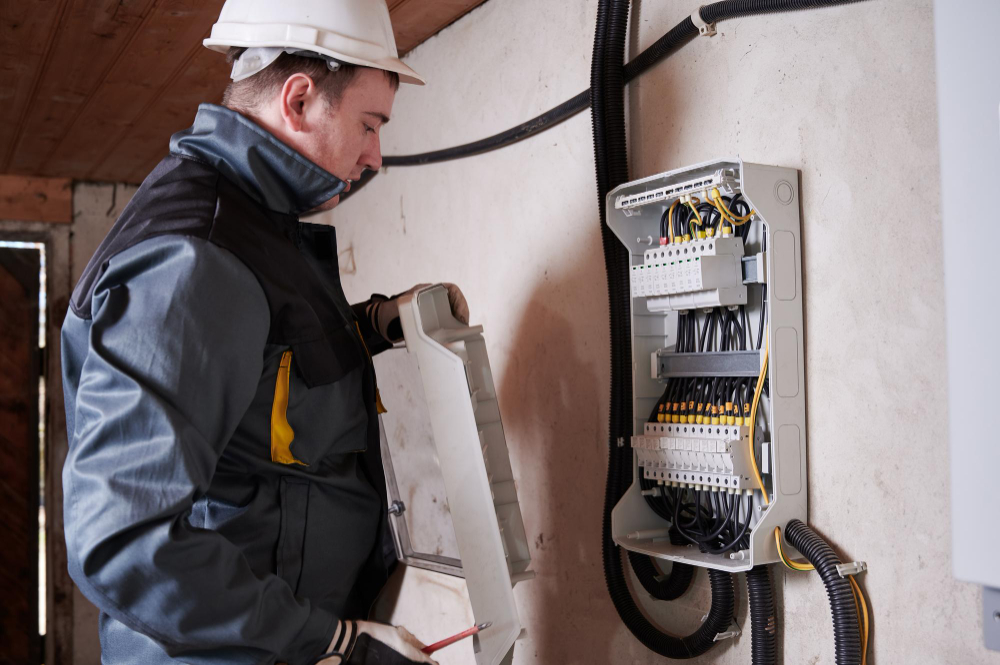Last updated on
Safety in private properties is imperative, not only for the well-being of the inhabitants but also for visitors and surrounding communities. Ensuring a hazard-free environment in our homes, workplaces, or privately owned establishments is a significant responsibility that should not be overlooked.
Unsafe conditions such as damaged infrastructure, improper wiring, or inadequate fire safety measures can lead to disastrous consequences including injuries, loss of life, and extensive property damage.
By proactively identifying and addressing potential safety hazards on private property, we can mitigate risks, preserve the property’s value, and most importantly, protect the health and lives of individuals present. A safe private property contributes to a secure and thriving community.
This document aims to guide you on how to effectively react and address safety hazards on private property, fostering a safer environment for everyone.
What's Inside
Identify and Document the Hazard

Start by recognizing the potential risks like loose handrails, overloaded electrical outlets, etc. Documenting the hazard is equally important for future reference or legal purposes. Take pictures or videos of the hazard and write down a detailed description, including its exact location, date and time, and any other relevant information.
This will help in determining the severity of the hazard and what measures need to be taken to address it. You can also consult a premises liability lawyer for guidance on how to properly document the hazard. Moreover, reporting the hazard to the relevant authorities, such as building management or local government agencies, is crucial for further action and resolution.
Inform the Property Owner and Prioritize Personal Safety

Immediately notify the property owner or manager about the issue. If the hazard poses an immediate danger, prioritize your safety and restrict access to the area. For example, if there is a gas leak or fire hazard, evacuate the property and call emergency services.
The safety of individuals takes precedence over any potential property damage. In situations where the property owner is not available, leave a written or digital notice of the hazard and its location for them to see upon their return. Personal safety should always be the number one priority in reacting to safety hazards on private property.
Adhere to Safety Protocols and Seek Professional Help

Follow any established safety procedures available. If the hazard requires professional handling, don’t hesitate to seek help from electricians, plumbers, or other specialized workers. Do not attempt to fix or address the hazard yourself unless you are trained and equipped to do so.
This could potentially aggravate the situation and put you at risk, which is exactly what you want to avoid. Some hazards may require permits or inspections from relevant authorities before any work can be done. Be sure to comply with these requirements and do not cut corners when it comes to safety.
Follow-up on Resolution

Ensure that the hazard is adequately addressed and resolved to prevent any future accidents or incidents. If the property owner is responsible for addressing the hazard, follow up with them to ensure timely action.
If necessary, seek legal advice or assistance from relevant authorities in case of negligence or non-compliance. For example, if the property owner fails to address a hazardous situation, they can be held liable for any resulting injuries or damages.
By remaining proactive and vigilant in following up on hazard resolution, we can contribute to fostering a safer environment for all. Make sure to document the resolution and keep a record for future reference.
Reacting appropriately and efficiently to safety hazards on private property is essential for maintaining a safe environment for all individuals present.
By identifying and documenting hazards, informing the property owner, prioritizing personal safety, adhering to safety protocols, and following up on resolution, we can effectively mitigate risks and promote a safe community.
Remember that the responsibility of ensuring safety on private property falls on both the property owner and its inhabitants.




